In China’s casual game market in recent years, the popularity of the simulation business genre has continued to rise, and games such as "Animal Restaurant" and "Udon's Hotel" have emerged. In this increasingly growing genre, what kind of works can break through the pack and capture the hearts of players?

Recently, the nostalgic Chinese countryside business simulation mobile game "Li Guofu's Little Days" (from now on referred to as "Li Guofu") has become a hit. It topped the App Store free game list five days after its launch, beating out games that have been #1 for months. More than 1.52 million players have played this game. The game shares the vibrant and hopeful scene of the Chinese countryside in the 1990s. Players create their own beautiful life step by step by operating convenience stores, video halls, and other places.
This mobile game was published by ohayoo and comes from Hangzhou Zhihu Network (from now on referred to as "Zhihu") publishing team, which has launched two popular simulation business games, "Mr. Fang’s Garbage Station" and "Pentium's Fortune.” Less than three years after its establishment, this young team has figured out its own way in the casual game-simulation business genre.
From garbage collection to old trains
At the beginning of Zhihu’s establishment, there was an outbreak period of ultra-casual games, and many big players in the industry were chasing after this direction. It is difficult to gain an advantage in the fierce market competition. At that time, the popularity of "Animal Restaurant" made the team see the feasibility of the "light simulation management" genre, so they decided to test the water in this direction first.



Zhihu's first work is "Mr. Wang’s Garbage Station," which focuses on the theme of garbage recycling. With the blessing of social popularity and the outbreak of Douyin(TikTok) leisure games, the team earned their first pot of gold. More importantly, this game allowed the team to thoroughly understand and accumulate user profiles and preferences and saw a broader development space for the simulation business category.
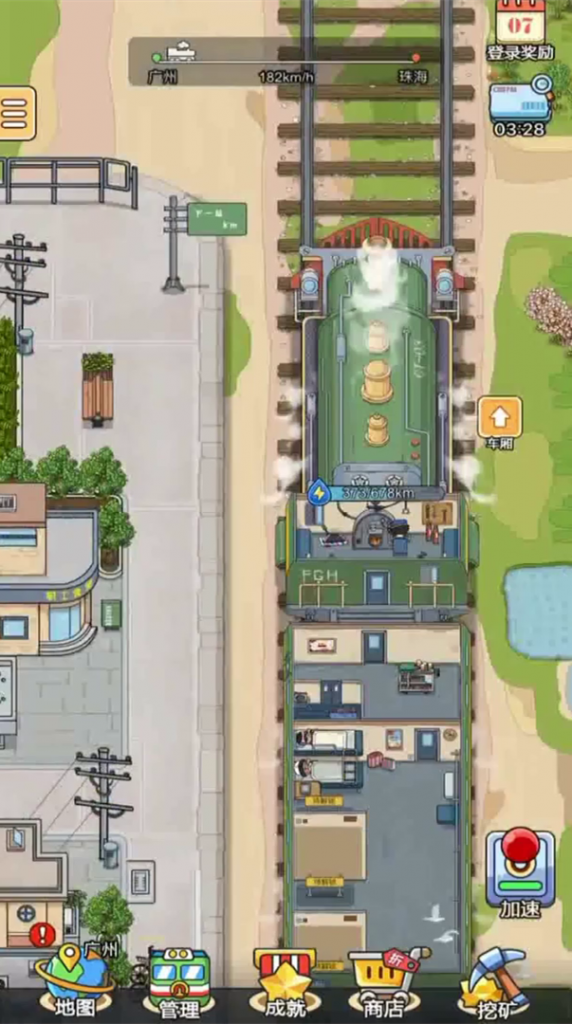
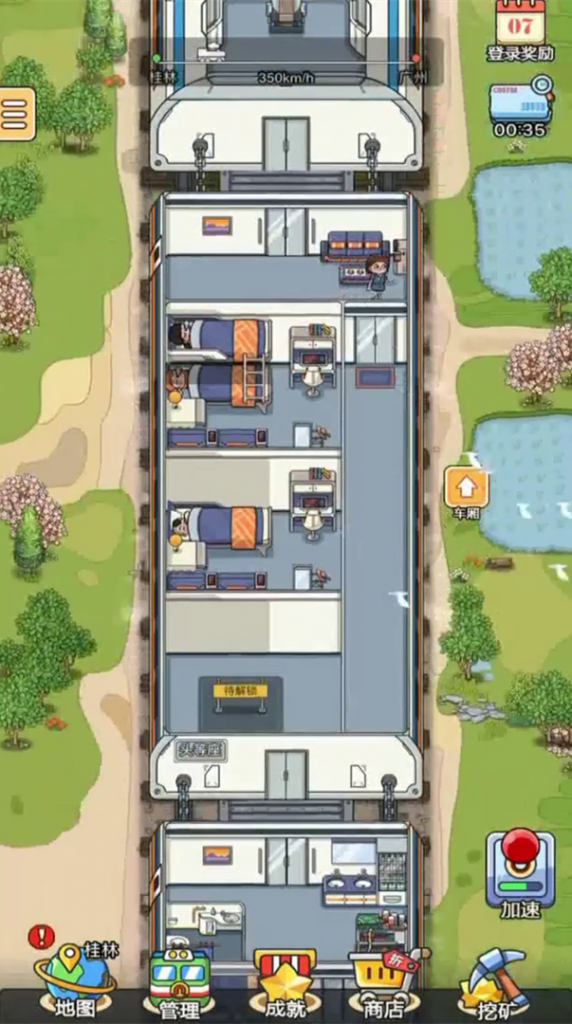
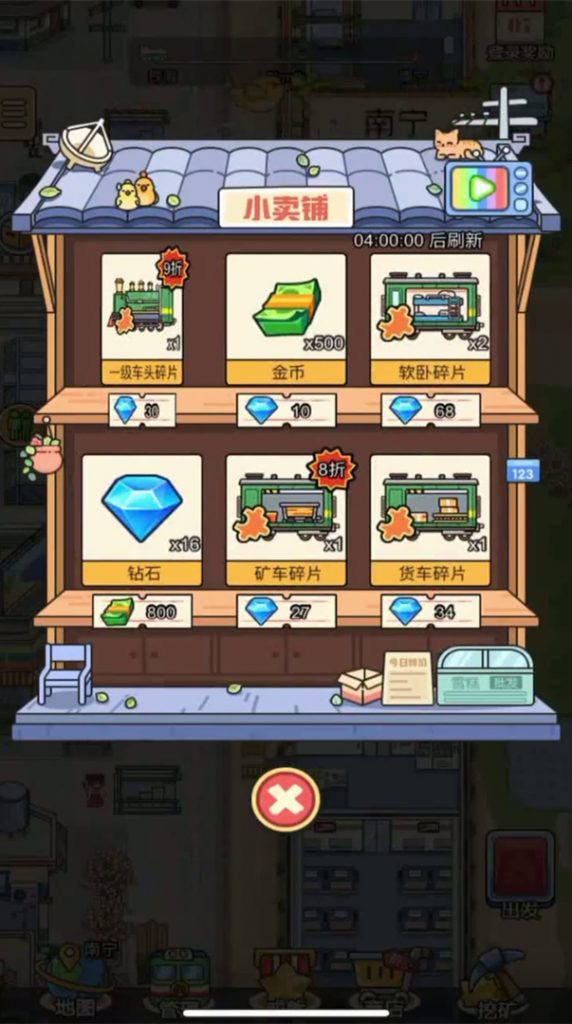
Next, Zhihu launched the nostalgic business simulation game "Pentium Fortune" last year. In the game, players operated a green train in the 1980s and 1990s and dealt with various problems that may arise in the daily operation of the train. Players have well received the ingenious plot setting and the retro and realistic style, and the game has also been listed on WeChat's official "Creative Mini Games" list.
"Forward-looking nostalgic themes" are one of the most essential core competitiveness of the current simulation business products, in Zhihu's opinion. Whether a garbage station or a green-skinned train, Zhihu can always seize some market gaps and resonate with players. It is unique in the increasingly homogenized simulation business game market and attracts the attention of more players.
The success of the two games and the positive feedback from players have strengthened Zhihu's confidence in continuing on the simulation business track. Zhihu told us: "In fact, there are often not many choices for start-up teams. First of all, we hope that the team can develop continuously and attack fast." This may also be the idea of many teams just starting out: first stand firm, then have the opportunity to stand taller.
In nostalgic themes, the sense of remembering is essential
With the success of the previous work, "Li Guofu" once again aimed at the combination of "youth nostalgia" and "simulation management.” This time, the team put more effort into creating the details of the work and the sense of substitution.

Whether it's the character's clothing, construction sites such as convenience stores and video halls, small objects such as old-fashioned bicycles, yo-yos, red and toy vending machines, and hand-cranked pencil sharpeners... Every little detail in the game tries to restore the countryside in the 1990s. The locations, and the retro and realistic art style all come full of nostalgia, allowing players to immerse themselves in it fully.
In the simulation business category, female players often account for a large proportion, and the balance of female players aged 21-40 in "Li Guofu" has reached about 70%. Zhihu's emphasis on "substitute" is partly also considering this player group: "The obvious difference between female players and male players is that it may not be into the gameplay mechanics to a point it impresses them, but some unexpected things in the game. Small details, such as the shape of a character, an object, a dialogue, etc.”
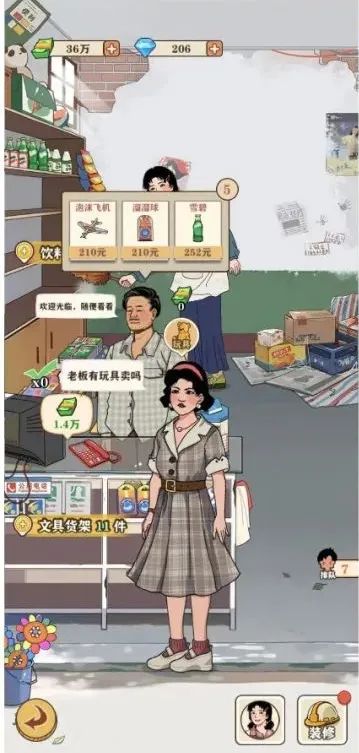
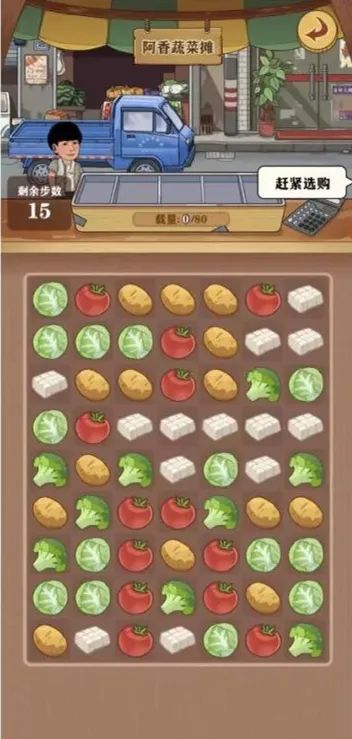
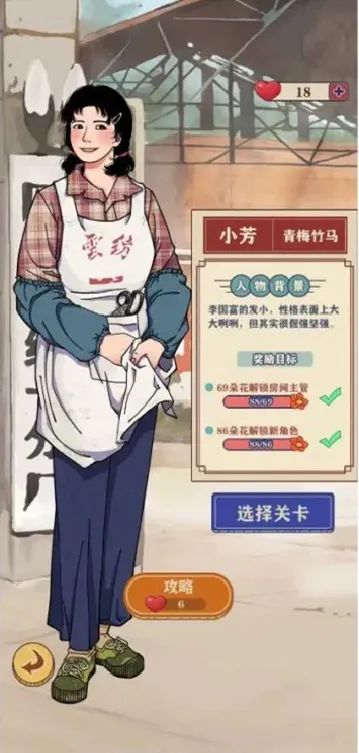
Regarding gameplay, "Li Guofu" has no particularly innovative content, but it integrates and connects the gameplay that many players love and can play very smoothly. Players accumulate money by operating convenience stores, buying other places to unlock, and upgrading buildings; the classic elimination gameplay is integrated into a "purchase" completion. The acquisition of the currency, diamonds, and other resources adopts another simple gameplay mechanic. "blind date" is one of the important examples as the game unfolds in the form of a text response game.
Growing technology implementation
From "Mr. Wang’s Garbage Station,” "Pentium's Fortune," to "Li Guofu's Little Days,” Zhihu has used Cocos Creator for research and development. For the technical level, Zhihu also shared some problems and solutions encountered during ”Li Guofu” development for your reference.

Cocos: First of all, please briefly introduce the team preparation for this game.
Zhihu: Usually, our internal team standard for products of this size is "1234", that is, one month of planning, two months of programs, three months of art, and four months of beta testing. We think this is a relatively good configuration. Compared with the development rate of leisure products that are common in the industry, we are not particularly fast, but we hope to reflect the advantages of high-quality products as much as possible.
C: The team's current three games are all developed using Cocos Creator. What are the criteria for choosing a game engine?
Z: Both native and small game platforms are within our needs, so we will try our best to choose a cross-platform engine for technology selection. Cocos Creator has its unique advantages in ease of use, compatibility, stability, scalability, and ecological activity, and Cocos has been making rapid progress at a speed visible to the naked eye, so we have no significant worries on the technical level; after several games, we are also growing with Cocos.
Personally, I think Cocos Creator is still very accurate in the technical direction. The use of scripts makes our development very agile, and the scalability of the engine is also relatively high. We can formulate the corresponding underlying architecture according to different product types. In traditional rendering, the engine has done relatively well. But there is one point we feel that the engine can continue to follow up, which is the experience of using Shader. Today, when the game industry is very introverted, the game project team has put forward higher demands on the expression and method of the effect of the game. It is hoped that Cocos can provide more complete Shader tutorials and mature use cases based on its own active ecology so that developers can get started more quickly and products have more possibilities in terms of expression.
C: What is the experience of developing native games with Cocos Creator? What is the most significant difficulty?
Z: During the research and development process, we felt that Cocos Creator's performance in native games is quite good, and our team will encounter more difficulties in the small game platform. Due to the large number of art materials in our game, higher requirements are placed on the loading speed and rendering efficiency of mini-games. Correspondingly, by modifying some codes inside the engine, we have made specific optimization in resource loading, ease of use, and GLCall rendering.

C: What optimizations has the team made in terms of resource loading for mini-games?
Z: Although the engine provides a resource loading method for bundles, this mode places higher requirements on the design of project sub-packages. To improve the usability of this feature, we have made some modifications to it. We found that many discrete files are often the core reason for slow project load times, but as of now, the network download speed of most players is awe-inspiring. Based on the previous mobile game APK package mode, we use scripts with the resources screened out, and the resources are packaged into a zip package and placed on the CDN. The whole package is loaded, which significantly improves the resource download speed of new players.
C: Do you have any rendering optimization tips to share with you?
Z: In the rendering optimization (GLCall optimization) of small games, the engine provides a batch algorithm to optimize GlCall, but there are also some problems, mainly in the following two aspects. First, the algorithm for combining images is relatively simple, and a large area of combined batches is often wasted. We have optimized the image combination algorithm in a targeted manner, providing the utilization rate of the combined image on the basis of ensuring the efficiency of the algorithm and adding discrete files.
Second, the built-in image combination algorithm is placed into the combined image according to the order of drawing, which is unreasonable in practical applications. Therefore, we have optimized the mechanism of combining pictures, allowing developers to customize the level of combining pictures, separating the UI layer, action layer, and scene layer, and specifying the level of combining images by developers. For example, the UI resources are merged into the UI composite map. The advantage of this is that the UI drawing consumes only one GLCall, and the composite map is cleared when the interface is closed to avoid the problem that the GL continues to rise when the player is playing the game.
C: What hot update solution is used on the native side?
Z: Preferred objectively speaking in the native end of the hot change module is indispensable. We have made a series of optimizations and extensions based on the hot update module of the engine to make this piece of functionality more stable and easy to use, mainly including:
- Remove the hot update configuration file in the package to avoid the code in the iOS audit scan package being discovered.
- Extract version-difference files for incremental updates to improve the update efficiency of the client.
- In addition, we have also added multiple minor version control for hot updates, whitelist internal testing of hot updates, retry mechanism for failures, and scripted package size versions. A series of optimizations have also been made.
Thanks, Zhihu, for sharing! From the very beginning of "Mr. Wang" to today's "Li Guofu,” Zhihu has devoted itself to simulation business games since its establishment and facing the increasingly fierce market competition in this category, the team is also exploring more possibilities: "There are still several products in the incubation stage. We will not be limited to 'Li Guofu' or even simulating the operation of this genre. Still, we should continue cultivating the general direction of light and high-quality products."








